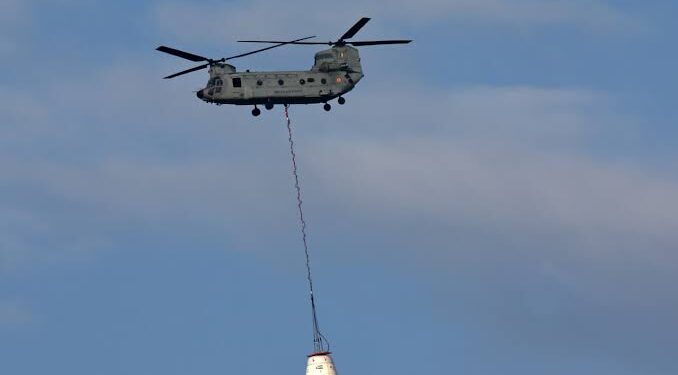In a key step towards India’s first human spaceflight mission, the Indian Space Research Organisation (ISRO) has successfully carried out its first Integrated Air Drop Test (IADT-01) of the parachute-based deceleration system developed for the Gaganyaan programme.
The test, conducted with support from the Indian Air Force, DRDO, Indian Navy, and Indian Coast Guard, validates a crucial safety mechanism to ensure astronauts can return safely to Earth after their mission.
A mock crew module was released from an aircraft and safely descended using ISRO’s newly developed multi-stage parachute system. The test evaluated the full parachute deployment sequence — including extraction, drogue chute deployment, and final main parachute activation — to simulate real atmospheric re-entry conditions.
“This vital capability demonstration gives us increased confidence as we prepare for the crewed flight,” ISRO officials said.
The uncrewed Gaganyaan mission is set for launch in December 2025, with the first crewed mission planned for 2028. When completed, India will become the fourth country to achieve independent human spaceflight, after Russia, the US, and China.
The crewed mission aims to carry three astronauts to low Earth orbit (400 km) for up to three days before a safe return.
ISRO will conduct additional parachute validation trials, pad abort tests, and sea recovery rehearsals in the coming months to ensure operational readiness.
The success of IADT-01 is seen as a major morale boost for India’s growing space ambitions as global attention turns toward the Gaganyaan mission.





























